AARP Hearing Center

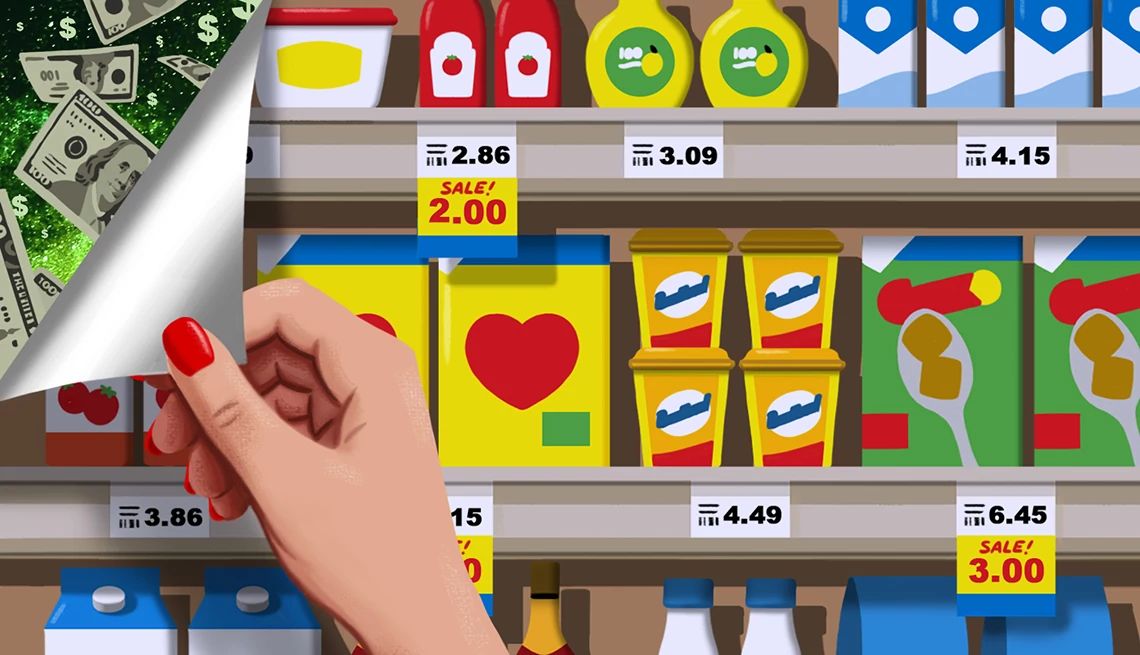
You see employees at your grocery store stocking displays with fresh produce and replacing items on the shelves. But have you ever stopped to think about what goes on behind the scenes?
A supermarket is a business with a whole corporate team focused on one goal: getting you to spend money — as much as possible. And grocery stores have some secrets, but they aren’t jumping at the chance to make them public.
“Grocery stores are expertly designed to boost spending,” says Melissa Cid, a consumer savings writer with MySavings.com. She notes that the level of money, detail and strategic planning that goes into designing grocery shopping environments is mind-blowing. “You're stepping into a meticulously crafted system built to extract as much money from you as possible,” she says. From the placement of items to the size of shopping carts to the music playing overhead, many elements are intentional.
Here are 15 things that will make you think differently during your next supermarket shopping experience — and could help you save money.
1. Those end-of-aisle items on sale are probably not saving you much money
“Items on endcaps aren't necessarily the best deal,” says Andrea Woroch, a consumer savings adviser in Bakersfield, California. These sales, she says, are designed to lure you, often with the illusion of a good deal.
“Endcaps capture your attention and often feature a deal on a name-brand product, such as cereal or a sports drink,” adds Woroch. While the products they feature may in fact be on sale, they may not be the cheapest option for that specific type of product, she says.
To make sure you’re getting a truly good deal, compare endcap product prices with similar products in the aisles, suggests Woroch — or just skip the item if it's not on your shopping list.
2. You go in with a grocery list, but your supermarket works hard to get you to deviate from it
Grocery stores make a lot of money off impulse purchases. A 2023 Slickdeals survey found that 36 percent of Americans say the majority of their purchases are unplanned. So supermarkets use tricks to make you buy what you didn’t intend to. These tactics include placing essentials like milk and eggs at the back of the store, forcing you to walk past a lot of other products to get to the staple goods, says Woroch.
“They also use tempting food displays to encourage you to buy, such as those common guacamole displays featuring avocados, limes, cilantro and tortilla chips,” she adds.
Strictly adhering to your grocery list — aided by eating before you shop so that you don’t browse the shelves hungry — or placing your grocery order online and picking it up at the store can help cut down on impulse buys.
3. The best deals? They’re often not at eye level
Oftentimes the first items you see in an aisle are not the cheapest. That’s because grocery shelves are typically designed so that you need to, inconveniently, look high or low to find less-expensive brands, says Woroch. “Pricey name brands are usually placed at the average shopper's eye level, since more people look left and right when shopping, while cheaper options, such as store brands and generics, are placed out of sight on higher and lower shelves,” she says. So instead of grabbing the container of name-brand sugar right in front of you, look up and down to compare prices. (If something is out of reach, ask a store employee to grab it for you.)
4. That loyalty program comes with a hidden agenda
Many grocery store chains have loyalty programs where customers can receive exclusive discounts on certain in-store purchases. But experts warn that these programs come at the expense of your data collection.
“Your shopping habits are being tracked and sometimes sold,” says Dan Bradley, vice president and general manager at CX Orlando, a retail consulting firm specializing in consumer behavior and in-store marketing strategy. He says that customers who sign up for supermarket loyalty programs may also receive offers that appear to be good deals but in fact are just tailored to look like deals on items that they would normally buy, with the purpose of getting shoppers in the door.































































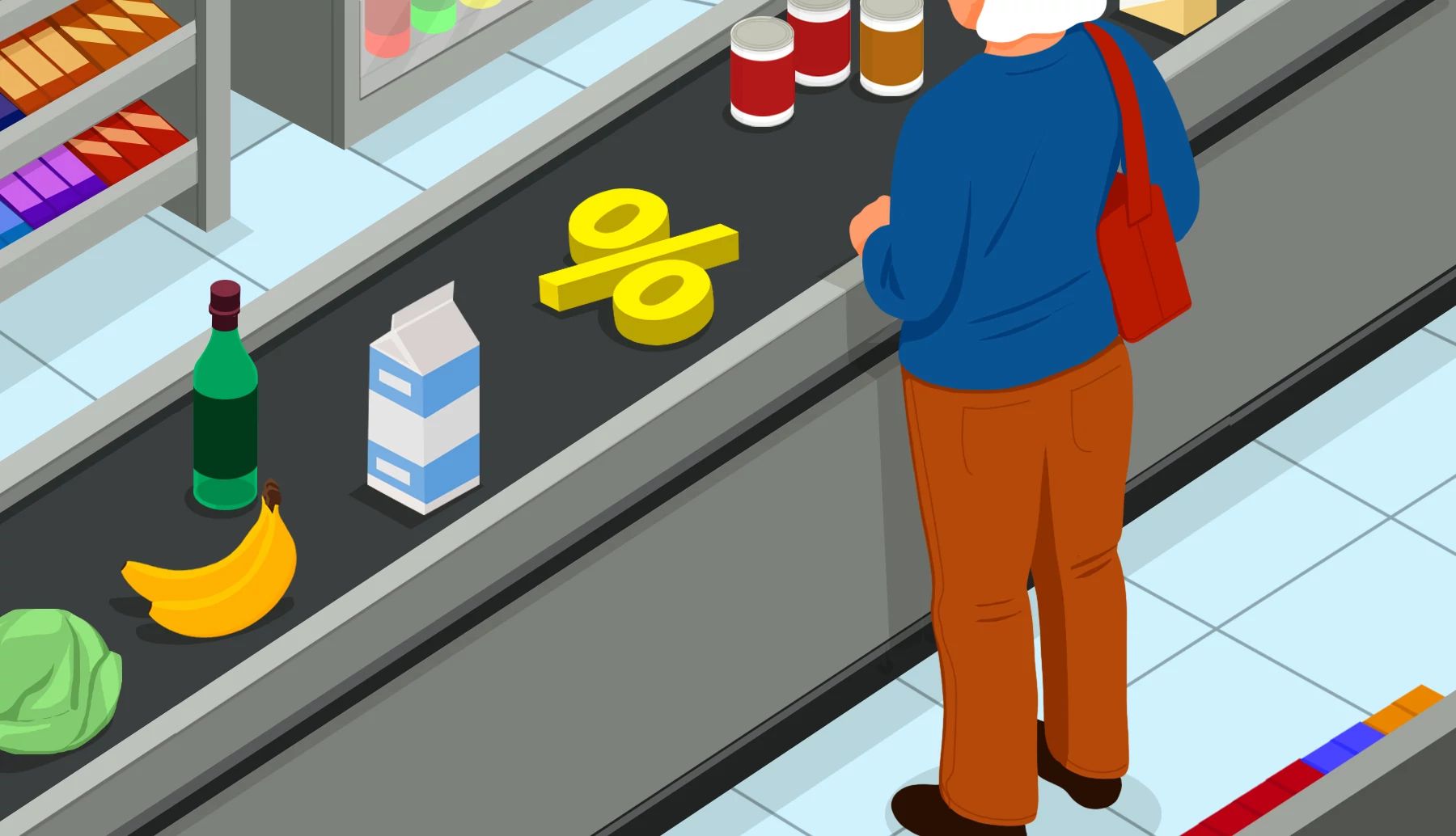
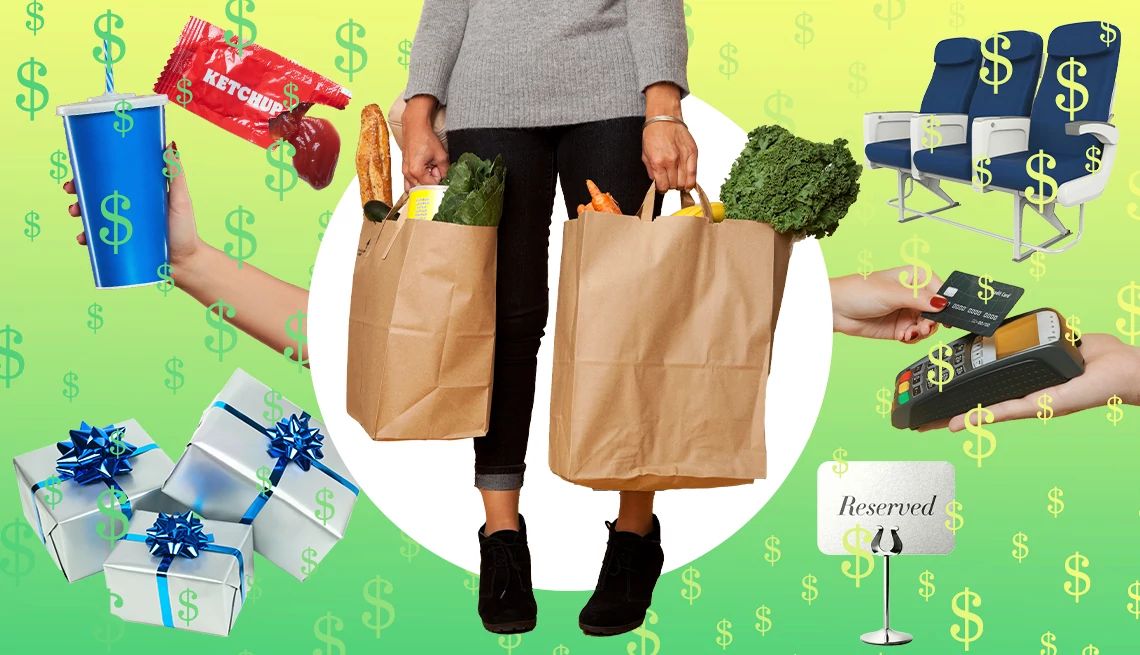
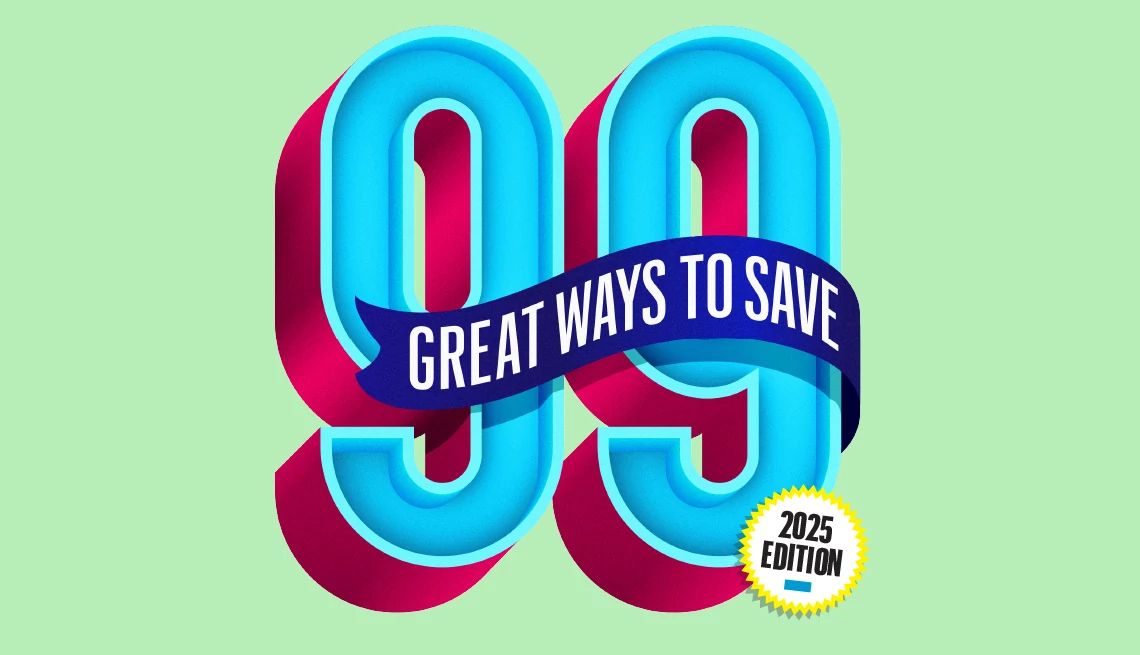
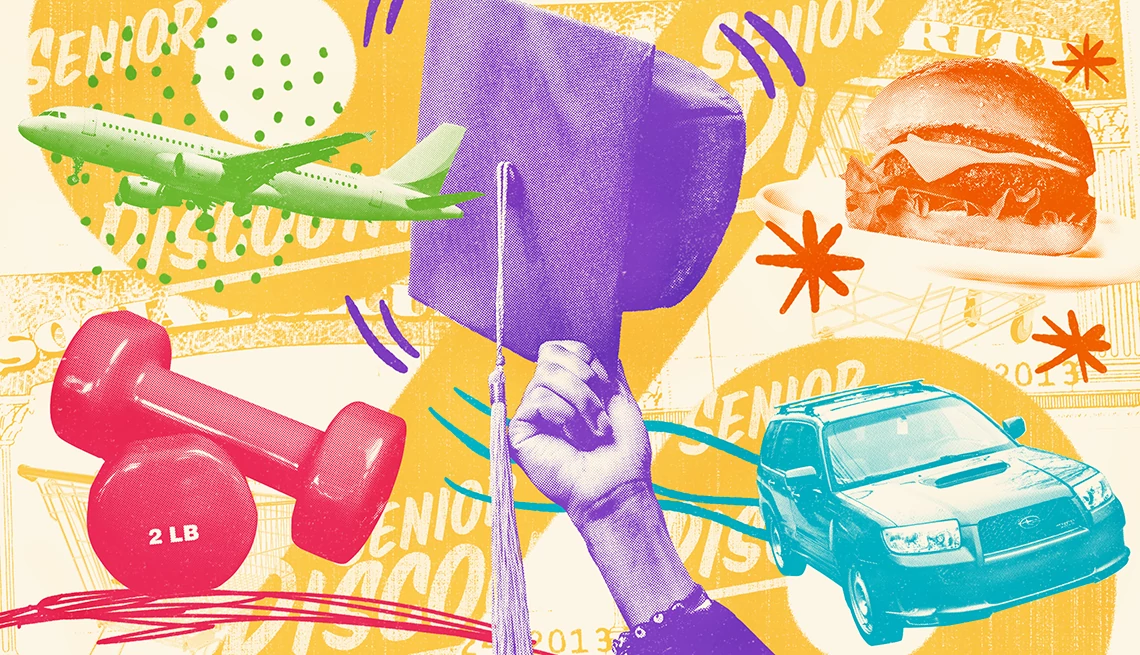
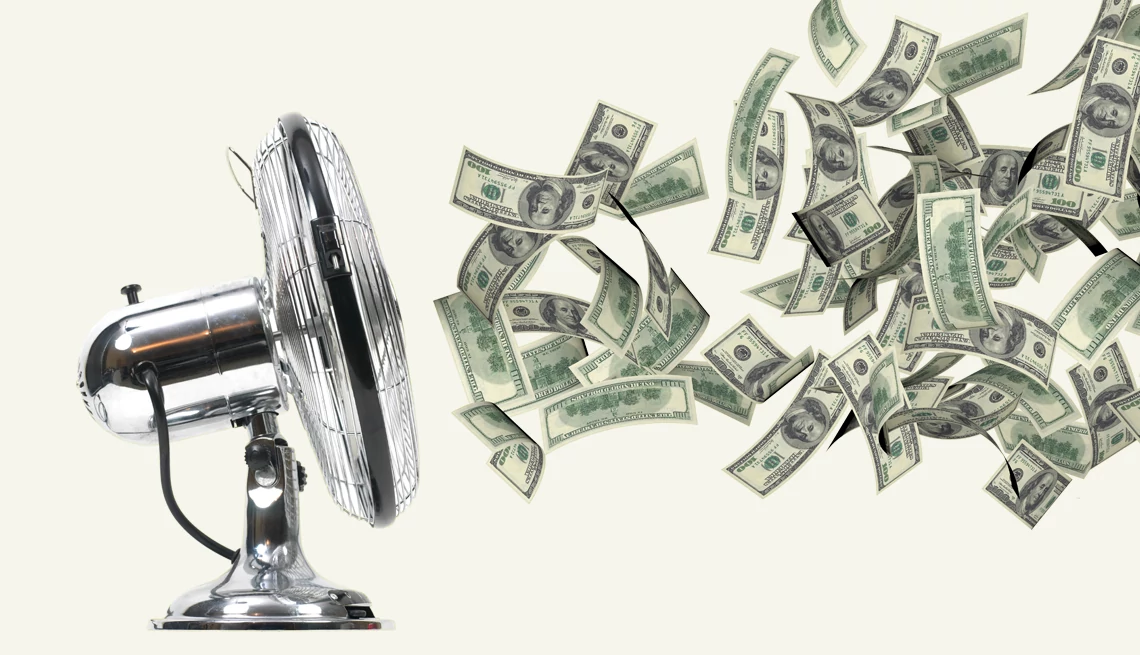




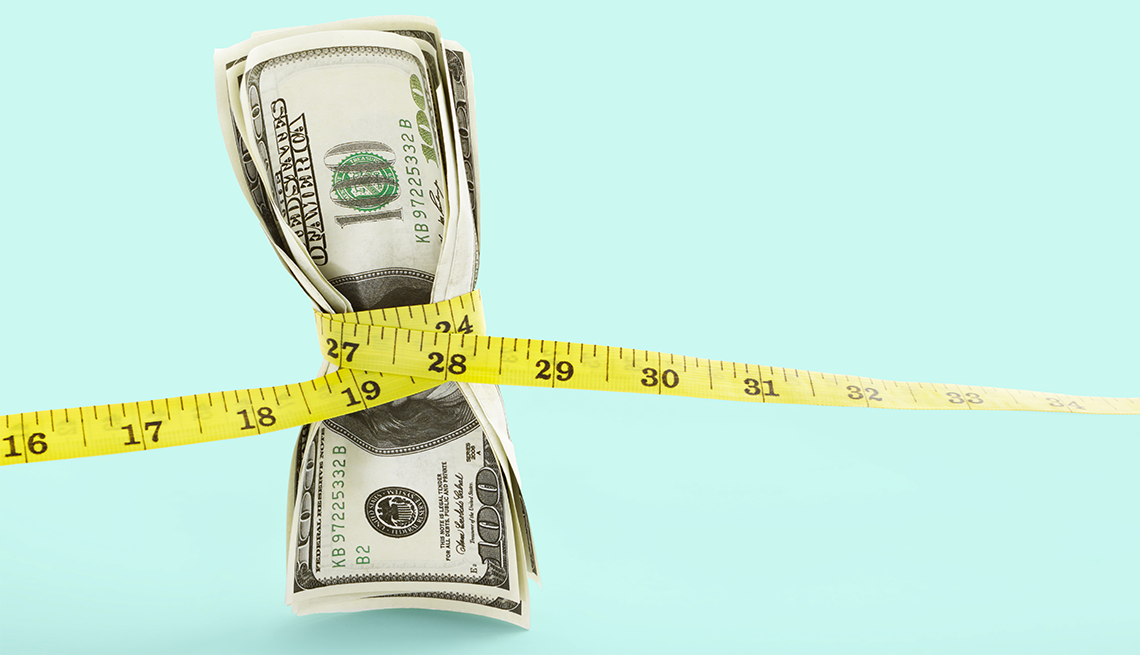
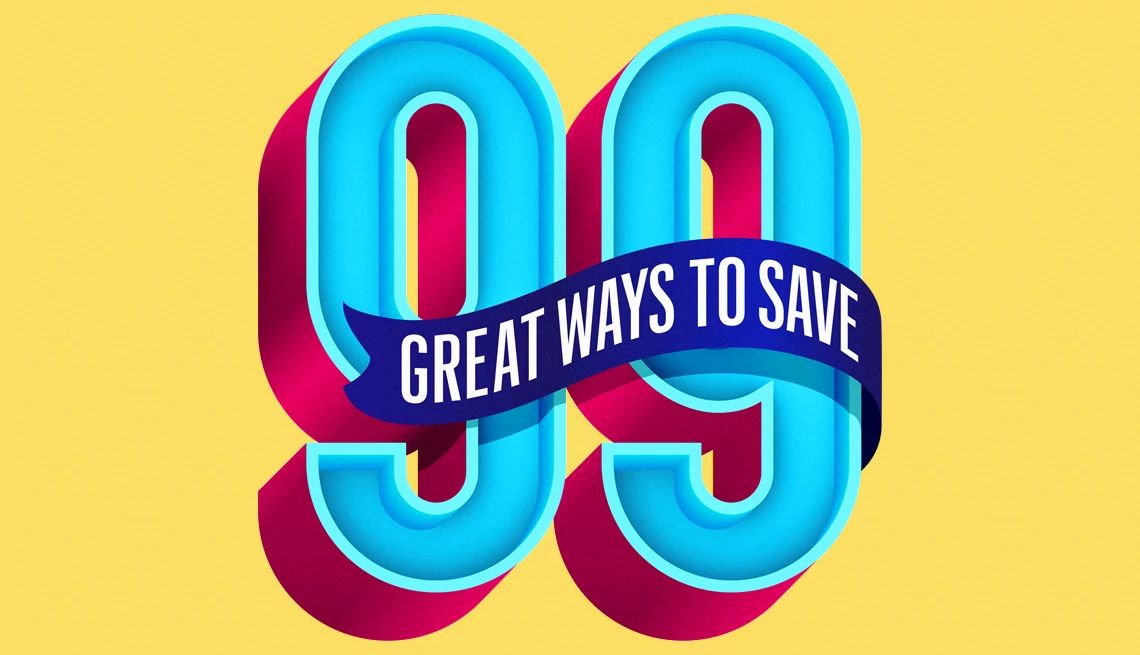





More From AARP
25 Ways To Cut Your Grocery Costs
Food prices are still elevated, but there’s ways to save
Smart Ways to Cut Your Grocery Costs
6 frugal ways to save money on your grocery billGrocery Staples to Buy on Sale and Save
If they store well or freeze well, jump at the chance to buy at a discount